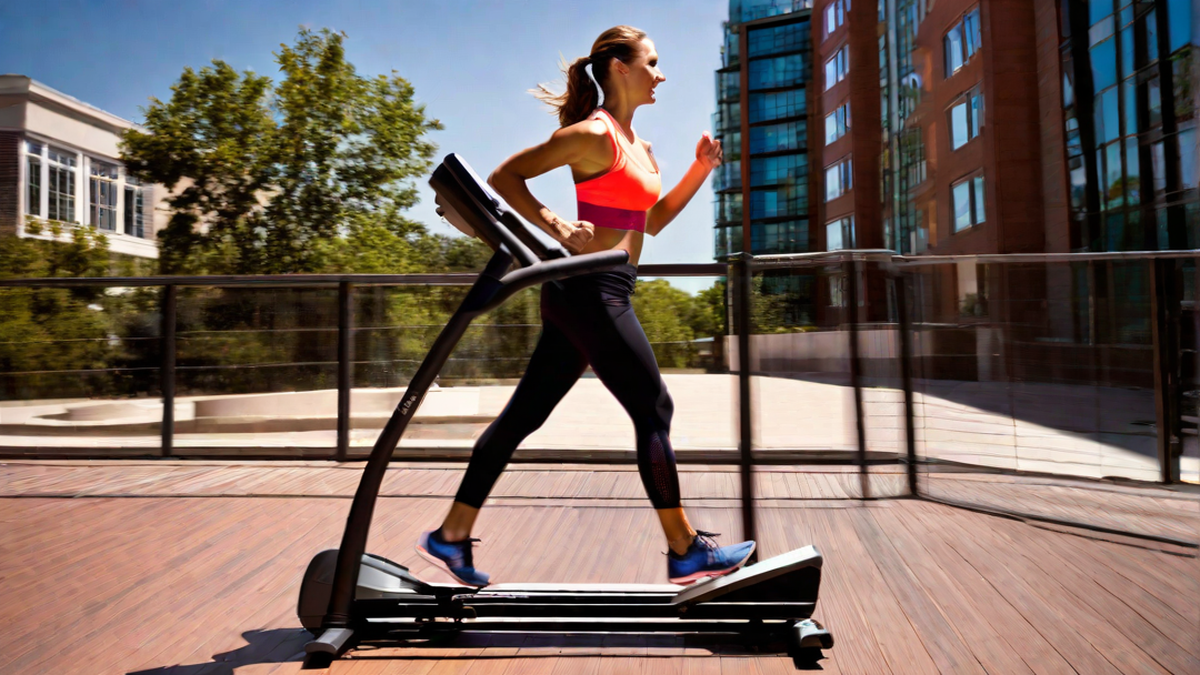As an avid runner and fitness enthusiast, I have always been curious about the effectiveness of using an elliptical machine to enhance my running performance. If you’re like me and love hitting the pavement, you may have wondered if incorporating elliptical workouts into your training routine can help improve your running abilities. In this article, I will dive deep into the topic and explore whether an elliptical can indeed be a valuable tool for runners.
The Benefits of Using an Elliptical
Before we delve into how an elliptical can specifically help with running, let’s first understand the benefits that this machine offers. One of the primary advantages of using an elliptical is its low-impact nature. Unlike running on hard surfaces, which can put stress on your joints and lead to injuries, an elliptical provides a smooth and fluid motion that reduces impact on your knees, hips, and ankles. This makes it an excellent alternative for runners who are recovering from injuries or looking to give their joints a break.
Additionally, the elliptical allows you to vary the intensity and resistance levels, making it a versatile tool for both beginner and advanced runners. By adjusting the resistance, you can simulate hill sprints or interval training, thus improving your cardiovascular endurance. The elliptical also engages multiple muscle groups simultaneously, including your legs, core, and upper body, providing a full-body workout that complements your running training.
Specific Ways an Elliptical Can Help with Running
Now, let’s dive deeper into how an elliptical can directly benefit your running performance:
1. Cardiovascular Conditioning
Running requires cardiovascular endurance to sustain a steady pace for longer distances. Using an elliptical can help improve your heart and lung capacity, allowing you to increase your aerobic fitness level. This, in turn, can enhance your running endurance and make those long-distance runs feel more manageable.
2. Lower Body Strength
Running primarily focuses on the lower body muscles, but an elliptical can further target and strengthen these muscles. The continuous pushing and pulling motion on the elliptical activates your quads, hamstrings, calves, and glutes, which are essential for generating power and propelling yourself forward while running. By incorporating regular elliptical sessions, you can strengthen these muscles and potentially improve your running speed and efficiency.
3. Active Recovery
Rest and recovery are crucial for any runner’s training routine. An elliptical can be a valuable tool for active recovery days when you want to give your joints a break from pounding the pavement. The low-impact nature of the elliptical allows you to engage in a low-intensity workout that promotes blood flow to your muscles, aiding in their recovery and reducing post-run soreness.
Conclusion
While an elliptical machine cannot fully replace the benefits and specificity of running outdoors or on a treadmill, it can certainly be a valuable supplement to your training routine. Incorporating regular elliptical workouts can enhance your cardiovascular fitness, improve lower body strength, and provide active recovery on rest days. However, it is essential to remember that each individual’s fitness journey is unique, and what works for one person may not work for another.
As a runner, I have personally found the elliptical to be a valuable tool in my training arsenal. It has allowed me to continue working on my cardiovascular endurance, strengthen my lower body muscles, and recover effectively. However, it is crucial to listen to your body, consult a fitness professional, and find the balance that works best for you.
So, lace up your running shoes, hop on that elliptical machine, and embrace the benefits that it can bring to your running journey!

